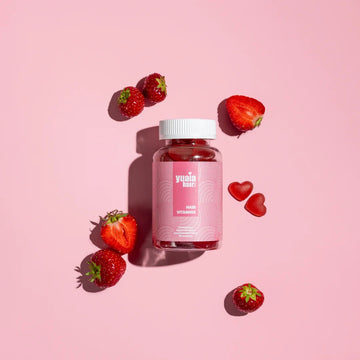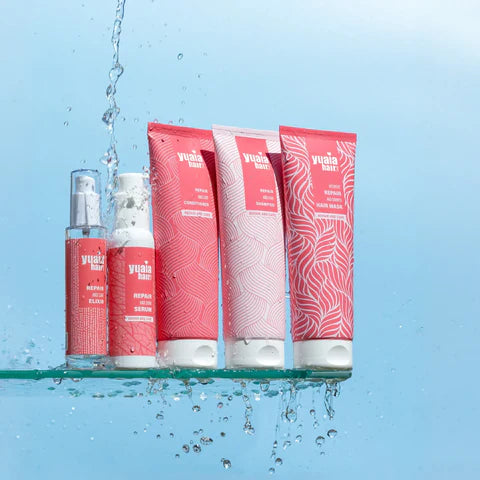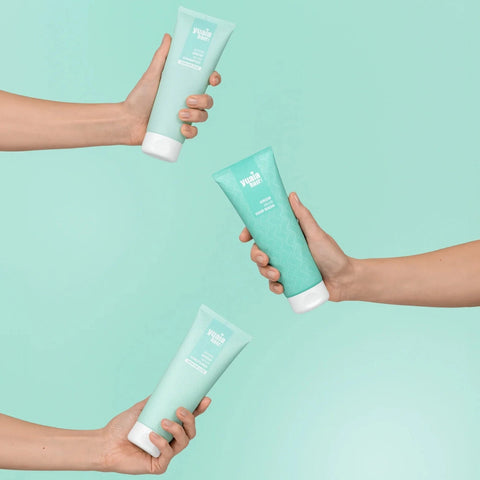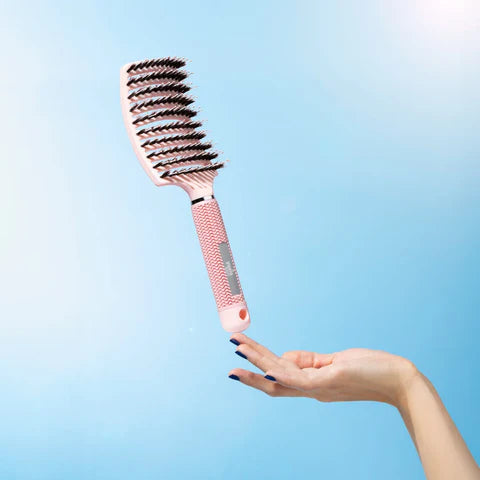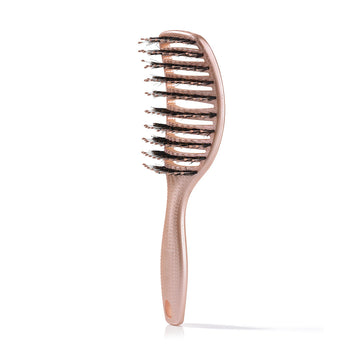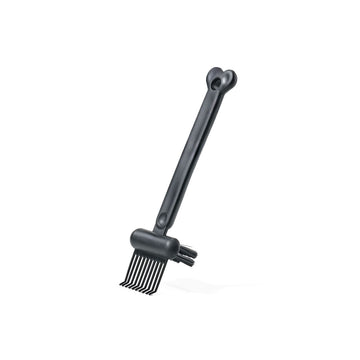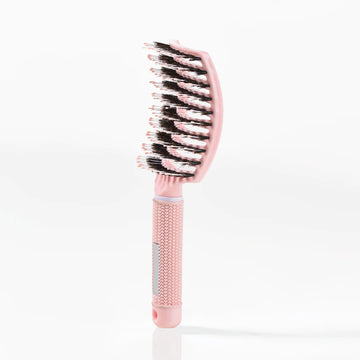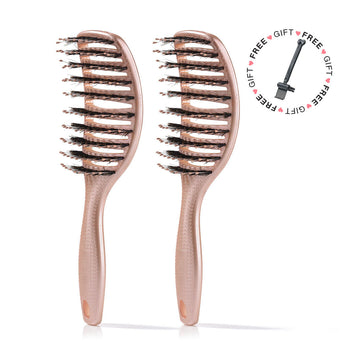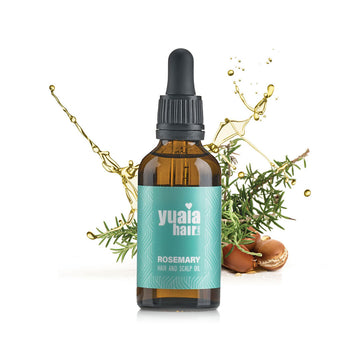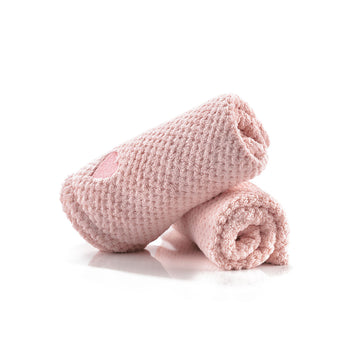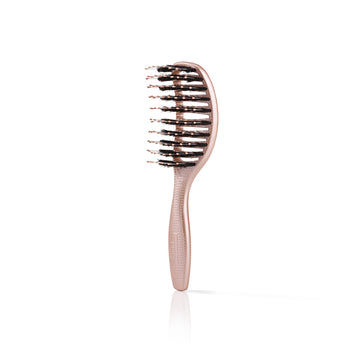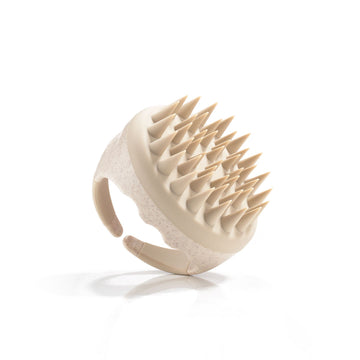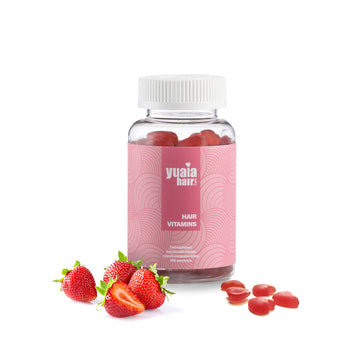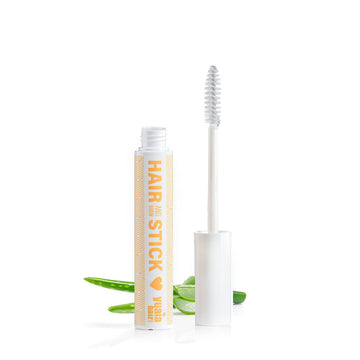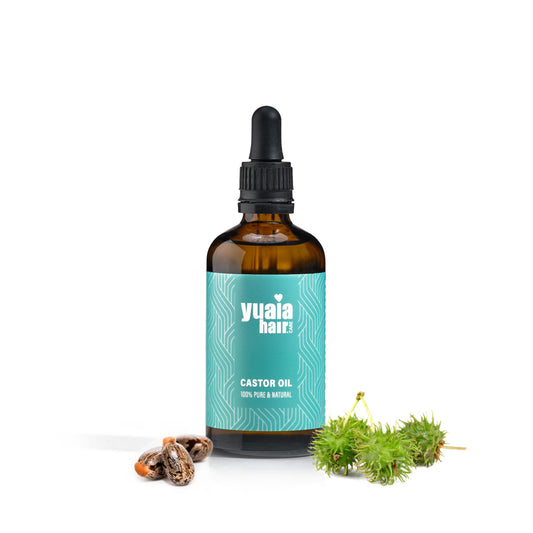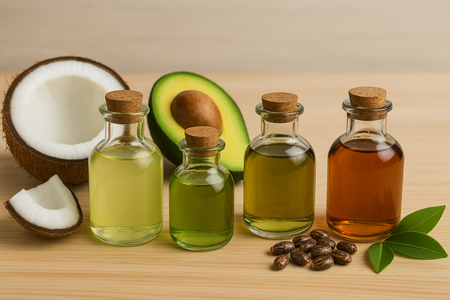
What are Sealing Oils?
Sealing oils work differently by forming a protective layer on the hair shaft. This layer helps to lock in the moisture provided by moisturizing oils and shields the hair from external factors, such as humidity and pollution. Sealing oils are typically composed of larger molecules, which remain on the hair's surface rather than penetrating deeply.
- Examples: Jojoba oil, grapeseed oil, and castor oil are well-known sealing oils that add shine and protection.
- Application: Use sealing oils as a final step in your hair care routine, after applying a moisturizing oil. This ensures that the moisture is locked in, providing lasting hydration and shine.
By understanding the distinct roles of moisturizing and sealing oils, you can make informed decisions about which oils are best suited for your hair type. This knowledge empowers you to create a personalized hair care routine that addresses your specific needs, leading to healthier, more vibrant hair.
How to Choose the Right Oil for Your Hair Type
Choosing the right oil for your hair involves understanding your hair's unique characteristics, such as porosity, curl pattern, and individual needs. Each of these factors can influence how well your hair responds to different oils, whether moisturizing or sealing.
Hair Porosity
Hair porosity refers to your hair's ability to absorb and retain moisture. It can be high, medium, or low, and this affects how oils interact with your hair.
- High porosity: Hair with high porosity absorbs moisture quickly but also loses it rapidly. Moisturizing oils like coconut or avocado oil can help provide deep hydration, while sealing oils like castor oil can lock in moisture effectively.
- Medium porosity: This hair type usually maintains moisture well. Both moisturizing and sealing oils can be used, but it's beneficial to assess how your hair feels and adjust accordingly.
- Low porosity: Hair with low porosity tends to repel moisture. Lightweight moisturizing oils such as argan or grapeseed oil are more suitable, as they won't weigh down the hair. Sealing oils should be used sparingly to avoid buildup.
Curl Pattern
Your curl pattern can also guide your choice of oils. Curly and coily hair types often benefit from a combination of both moisturizing and sealing oils to maintain hydration and reduce frizz.
- Curly hair: Curly hair thrives on moisture. Using a moisturizing oil post-wash can help keep curls defined and bouncy. For additional curl definition, consider using our Twirl and Curl curly cream, which enhances curls while providing hydration.
- Coily hair: Coily hair often requires more intensive moisture. A layered approach using both moisturizing and sealing oils can help maintain elasticity and prevent breakage.
Benefits of Using Both Oil Types
Integrating both moisturizing and sealing oils into your hair care routine offers a comprehensive approach to hair health. Each type of oil provides distinct benefits that contribute to the overall condition and appearance of your hair.
Moisturizing Oils
Moisturizing oils hydrate the hair, improving softness and elasticity. They are particularly beneficial for dry or damaged hair, as they help restore moisture balance and enhance the hair's natural shine.
Sealing Oils
Sealing oils add a layer of protection, locking in the moisture provided by moisturizing oils. They help to reduce frizz, add shine, and protect against environmental damage. For those concerned with maintaining smooth, shiny hair, sealing oils are an essential part of the routine.
By understanding the unique properties and benefits of both moisturizing and sealing oils, you can tailor your hair care routine to suit your specific needs. This personalized approach not only supports hair health but also enhances its appearance, allowing you to enjoy the full potential of your hair's natural beauty.
Integrating Oils into Your Hair Care Routine
Successfully incorporating both moisturizing and sealing oils into your hair care routine can significantly enhance the health and appearance of your hair. Here's a step-by-step guide to help you make the most of these oils:
- Start with clean, damp hair: After washing your hair, gently towel dry it using a microfiber towel to remove excess water without causing frizz or damage.
- Apply a moisturizing oil: Choose an oil that suits your hair type and apply it evenly throughout your damp hair. This helps to hydrate and nourish your hair from within.
- Seal in the moisture: Once the moisturizing oil has been absorbed, follow up with a sealing oil to lock in the moisture. This step is important for maintaining hydration and adding shine.
- Style as desired: After applying the oils, you can proceed with your usual styling routine, ensuring that your hair remains protected and hydrated throughout the day.
Common Misconceptions About Oils
Despite their popularity, there are several misconceptions about the use of oils in hair care. It's important to clarify these misunderstandings to ensure you're using oils effectively:
- Not all oils are interchangeable: Moisturizing and sealing oils serve distinct purposes and cannot be substituted for one another. Using each type appropriately will maximize their benefits.
- More oil doesn't equal better results: Using too much oil can lead to greasy hair. It's best to start with a small amount and add more if needed.
- Understanding oil types: Knowing whether an oil is moisturizing or sealing is key to using it correctly. Research and trial can help determine the best oils for your hair needs.
Frequently Asked Questions
Can one oil perform both functions?
Typically, no. Oils are usually categorized as either moisturizing or sealing based on their molecular structure and function. While some oils may offer minor benefits in both areas, it's best to use separate oils for each purpose to achieve optimal results.
How do I know if an oil is moisturizing or sealing?
Moisturizing oils are known for their ability to penetrate the hair shaft, often containing smaller molecules. Sealing oils, on the other hand, form a protective barrier on the hair's surface. Researching the properties of specific oils can help you determine their primary function.
What if my hair feels greasy after using oils?
If your hair feels greasy, you may be using too much oil or applying it too frequently. Start with a small amount and gradually increase if necessary. Additionally, ensure you're using the right type of oil for your hair's needs.
Are there any oils to avoid for certain hair types?
Yes, some oils may not be suitable for all hair types. For example, heavy oils like castor oil can weigh down fine hair, while lighter oils like argan oil may be more appropriate. It's important to consider your hair's texture and porosity when selecting oils.
 2-4 day UK delivery
2-4 day UK delivery
 25.000+ satisfied customers
25.000+ satisfied customers
 Satisfaction Guarantee
Satisfaction Guarantee

